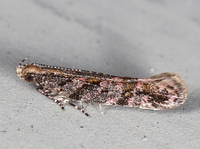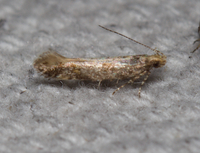
| Recorded by: Jim Petranka on 2025-11-07
Madison Co.
Comment: | 
| Recorded by: Marilyn Westphal on 2025-11-06
Henderson Co.
Comment: |
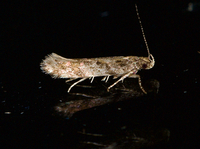
| Recorded by: Jim Petranka on 2025-10-05
Madison Co.
Comment: | 
| Recorded by: Simpson Eason on 2025-09-30
Durham Co.
Comment: |

| Recorded by: Jim Petranka on 2025-09-18
Madison Co.
Comment: | 
| Recorded by: Marilyn Westphal on 2025-09-07
Henderson Co.
Comment: |

| Recorded by: Marilyn Westphal on 2025-09-07
Henderson Co.
Comment: | 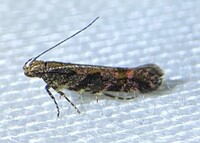
| Recorded by: Dean Furbish on 2025-08-25
Wake Co.
Comment: |
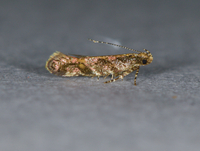
| Recorded by: Jim Petranka on 2025-07-22
Madison Co.
Comment: | 
| Recorded by: Jim Petranka on 2025-07-16
Madison Co.
Comment: |
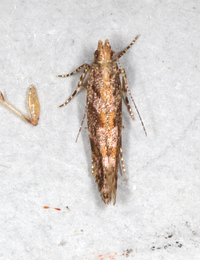
| Recorded by: Jim Petranka on 2025-07-16
Madison Co.
Comment: | 
| Recorded by: David George on 2025-06-29
Moore Co.
Comment: |
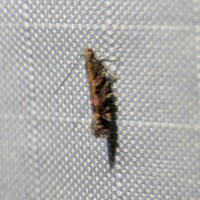
| Recorded by: Melody McMichael on 2025-06-26
Forsyth Co.
Comment: | 
| Recorded by: David George, Bonnie Eamick on 2025-04-25
Wake Co.
Comment: |

| Recorded by: John Petranka on 2024-09-22
Orange Co.
Comment: | 
| Recorded by: John Petranka on 2024-09-14
Orange Co.
Comment: |

| Recorded by: Jim Petranka on 2024-08-30
Madison Co.
Comment: | 
| Recorded by: Ken Kneidel on 2024-08-13
Yancey Co.
Comment: |

| Recorded by: Ken Kneidel on 2024-08-13
Yancey Co.
Comment: | 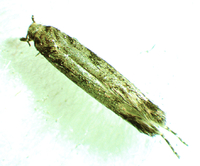
| Recorded by: Ken Kneidel on 2024-08-13
Yancey Co.
Comment: |

| Recorded by: David George, Jeff Niznik, Stephen Dunn on 2024-08-02
Chatham Co.
Comment: | 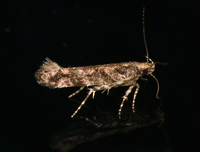
| Recorded by: Jim Petranka on 2024-07-31
Madison Co.
Comment: |
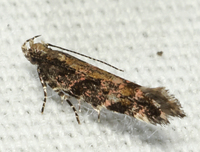
| Recorded by: John Petranka on 2024-07-31
Orange Co.
Comment: | 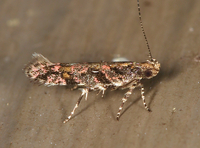
| Recorded by: Jim Petranka on 2024-07-26
Madison Co.
Comment: |
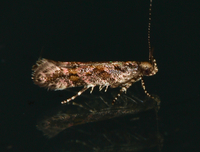
| Recorded by: Jim Petranka on 2024-07-25
Madison Co.
Comment: | 
| Recorded by: Jim Petranka on 2024-07-18
Madison Co.
Comment: |
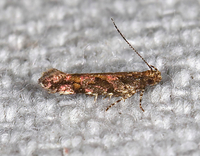
| Recorded by: Jim Petranka on 2024-07-10
Madison Co.
Comment: | 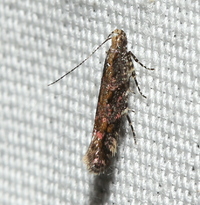
| Recorded by: David George on 2024-06-21
Durham Co.
Comment: |
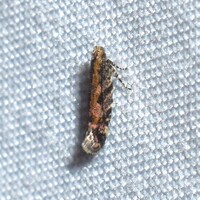
| Recorded by: Jeff Niznik on 2024-06-15
Scotland Co.
Comment: | 
| Recorded by: Larry Chen on 2024-06-08
Dare Co.
Comment: |
|

 »
»